Family Pholcidae (Daddy-long-legs Spiders)
The family Pholcidae (Daddy-long-legs Spiders) has a worldwide distribution and is represented by 6 genera and 36 species from South Africa of which 25 are endemics.
Life styles
Web dwellers (space-web): webs are frequently found in dark habitats such as caves, under stones and fallen log.
Body size
Pholcids are fragile spiders, the body being 2 to 10 mm in length and the legs are up to 30 mm long. Males same size as females.
Diagnostic characters
Colour: cream with a few dark markings to greyish brown with dark chevrons.
Carapace: short, broad and almost circular, sometimes reniform with cephalic region usually triangular, raised and edged by deep striae, thoracic region sometimes with deep, longitudinal fovea, clypeus high, sometimes concave beneath eyes.
Eyes: 6-8, occupying entire width of carapace with anterior median eyes smallest or absent, lateral eyes arranged in group of 3.
Abdomen: triangular highest above spinnerets; globose.
Legs: extremely long with flexible tarsi.
Pholcus and
Smeringopus have cylindrical abdomens and the eyes are arranged in 2 lateral groups of 3 and 2 smaller median contiguous (together) eyes.
Artema and
Spermaphora has a small globose (round) abdomen and its eyes are arranged in 2 groups of 3 and no median eyes.
Web and retreat
Web: space-web; retreat: spiders hang in web without any distinct retreat.
Pholcids are often confused with the violin spider (Loxosceles, family Sicariidae) but the latter does not occur in a web, is much more robust and is very agile on all surfaces. The false violin spider or leaf-litter spider (family Drymusidae) does occur in a web similar to that of the pholcids and in fact closely resembles them but are not often encountered.
Pholcids hang inverted in what appears to be a messy, irregular, tangled web. These space-webs are constructed in dark recesses, in caves, under rocks and loose bark, abandoned mammal burrows. The web has no adhesive properties but the irregular structure traps insects, making escape difficult. The spider quickly envelops its prey with silk and then inflicts the fatal bite. The prey may be eaten immediately or stored for later. When the spider is threatened by a touch to the web or when too large a prey hits the web, the spider becomes invisible by vibrating rapidly and becoming blurred. This blurring may protect the spider from spider hunting wasps (Pompilidae). When off their webs, pholcids walk with an unsteady, bobbing action.
Habitat
Found in a variety of habitats that are usually shady and dark. Several pholcid species have been collected from caves while some species of
Spermophora,
Leptopholcus and
Micromerys are cryptic forest dwellers found in leaf litter, under stones and in rock fissures.
Pholcus and
Smeringopus are synanthropic, occurring in undisturbed areas in buildings and cellars, hence the other common name, cellar spiders.
Behaviour
Pholcids built space-webs consisting of irregular long threads crisscrossing in irregular fashion, or the center of the web consists of a large sheet more compactly woven, with a network k of irregular threads above and below it with the spider hanging inverted, more or less in the middle. A characteristic reaction of the pholcids is that they have a defense meganism known as whirling the web my moving their bodies rapidly around in circles with the legs remaining on the web while the third and fourth pair of legs throws silk over the victim. The prey is then held with the third pair of legs, while the fourth pair continues to pull silk from the spinnerets and wind it around the prey. The prey is then held by the chelicerae while feeding takes place.
The eggs of the pholcids have no protective sac but are held together as an agglutinated (glued together) mass (similar to balloons held together with a few strands of silk) and, as with the Scytodidae, are carried by the female in the chelicerae and are attached to the web while she feeds. The eggs hatch after 2 to 3 weeks and the spiderlings are either carried by the female for a few days or hang from silk strands in the her web. They mature after 5 moults.
Venom
They are harmless to people as their jaws are unable to penetrate human skin and the venom dose is also too minute. Spider specialists are often asked if it is true that, of all the spiders, the pholcids have the deadliest venom and the only reason there are no human fatalities is because of the small size of the jaws. There is no documentation on this. The venom is possibly neurotoxic, although a few reported bites indicate that it may be mildly cytotoxic, and is deadly to the prey. The myth is possibly a misidentification with Loxosceles (the violin spider the culprit).
Genera indigenous to southern Africa:
Artema: 1 species in South Africa.
Pholcus: 3 species
Quamtana: 20 species
Smeringopus: 7 species
Spermaphora: 5 species
Links:
Atlas of the Spiders of South Africa;
Smeringopus natalensis (PDF);
Biodiversity Explorer
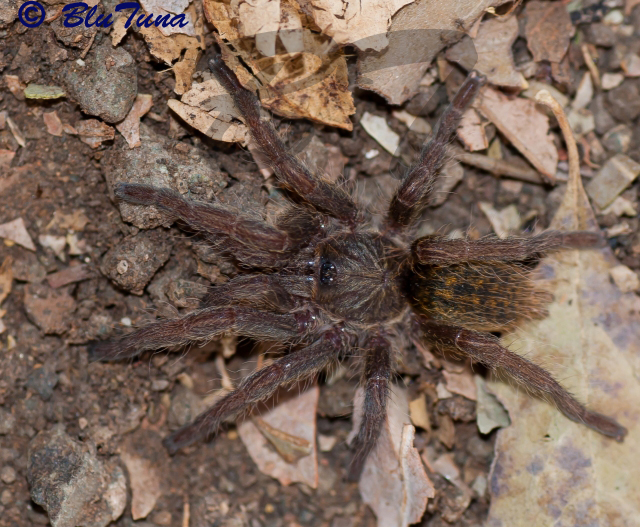 © BluTuna
© BluTuna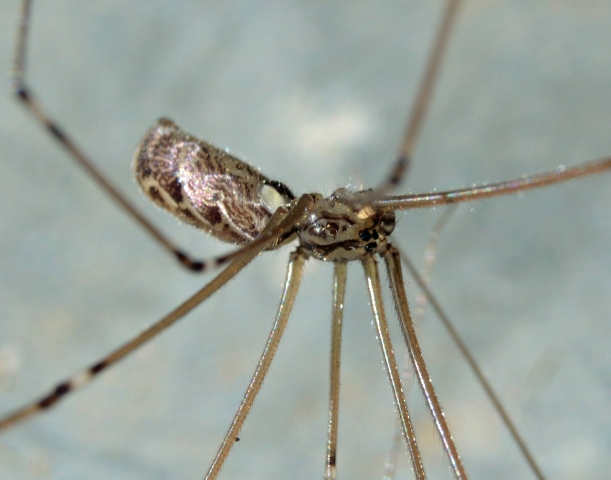 © BluTuna
© BluTuna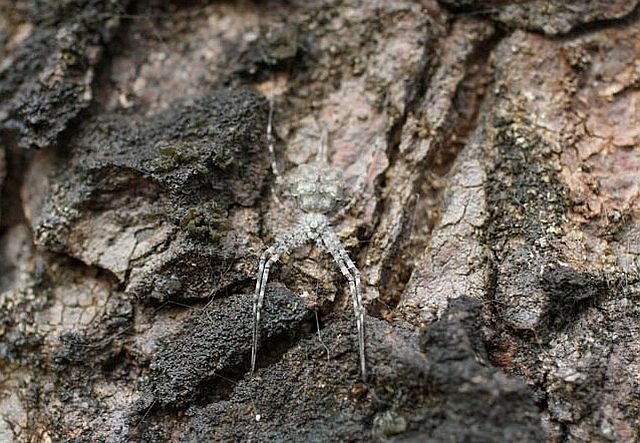 © Super Mongoose
© Super Mongoose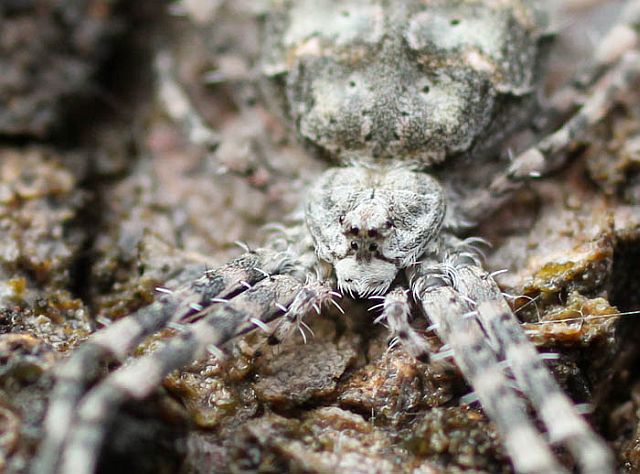 © Super Mongoose
© Super Mongoose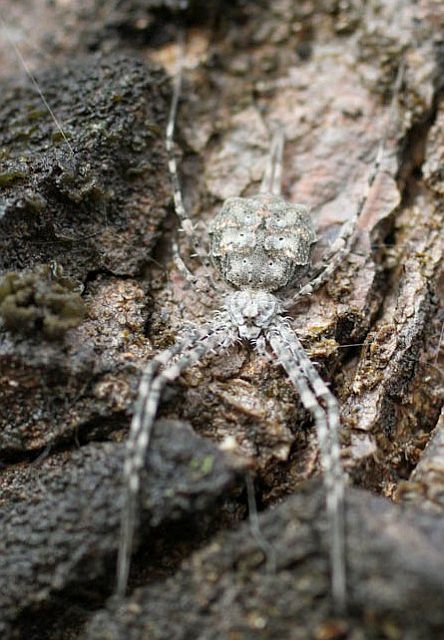 © Super Mongoose
© Super Mongoose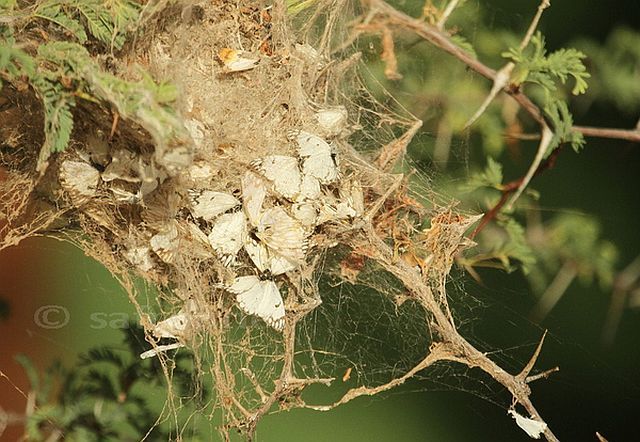 © nan
© nan